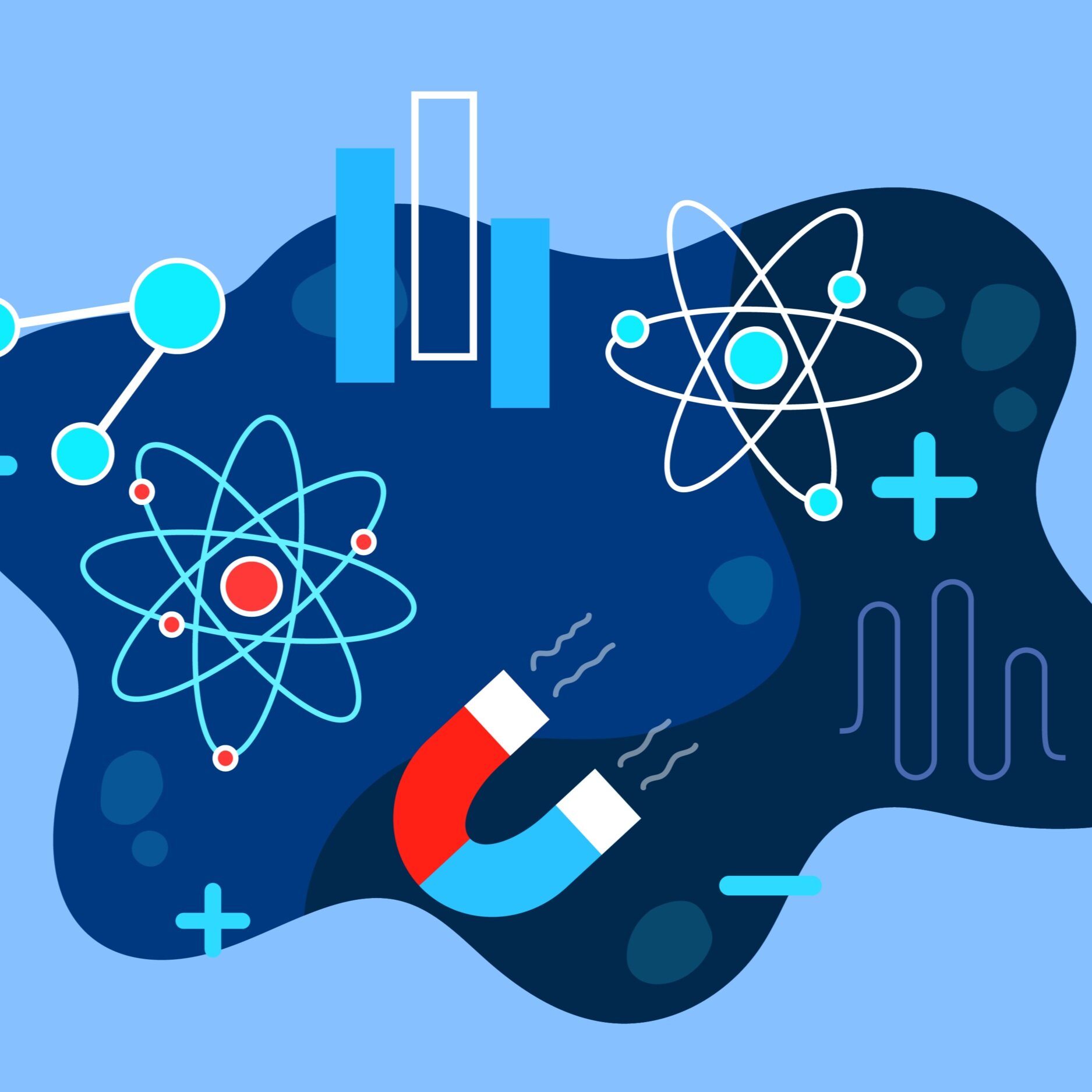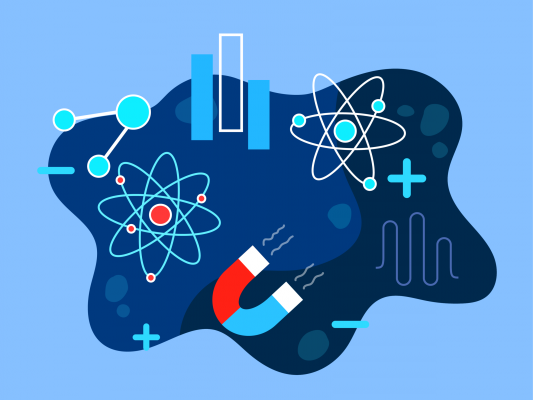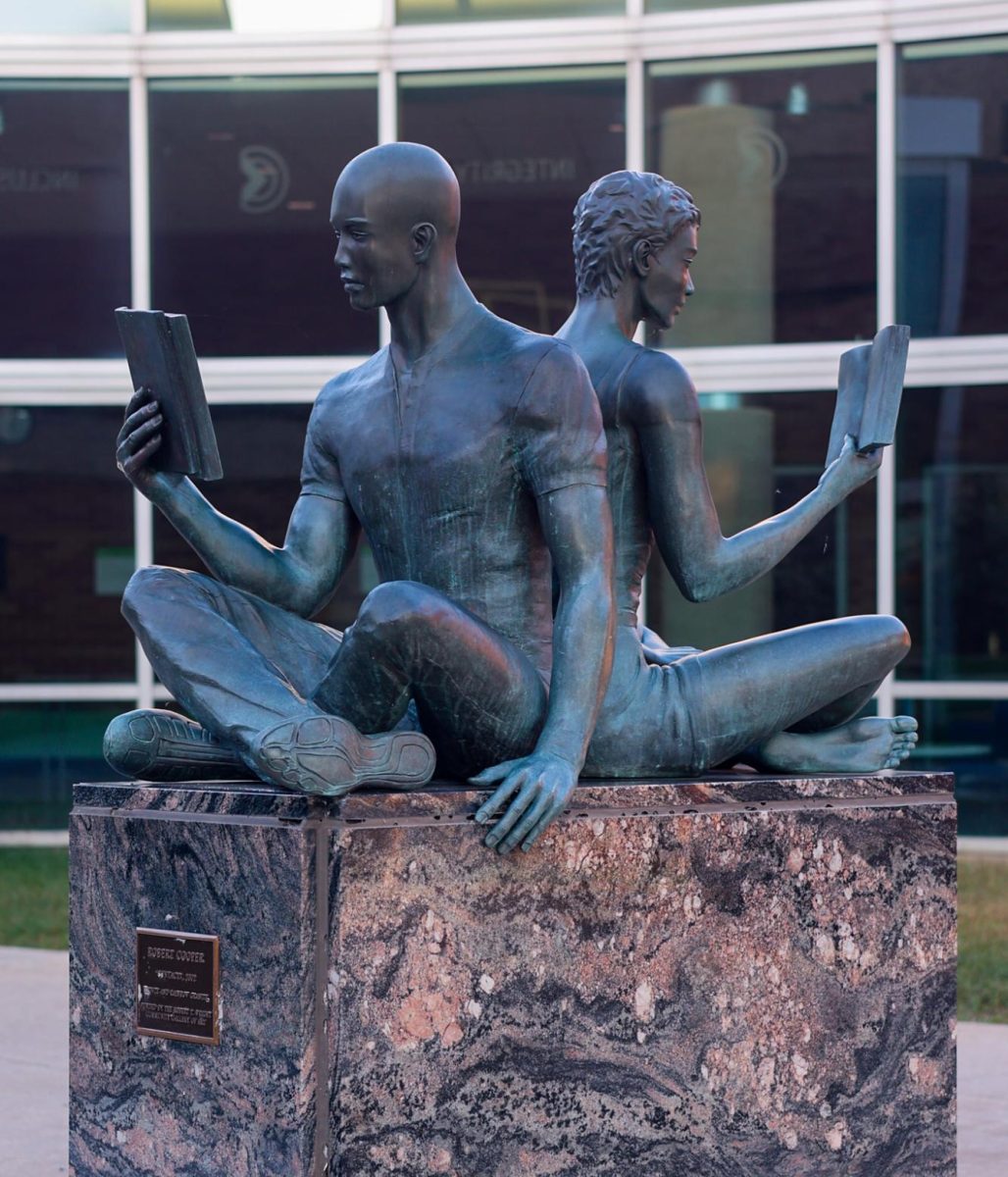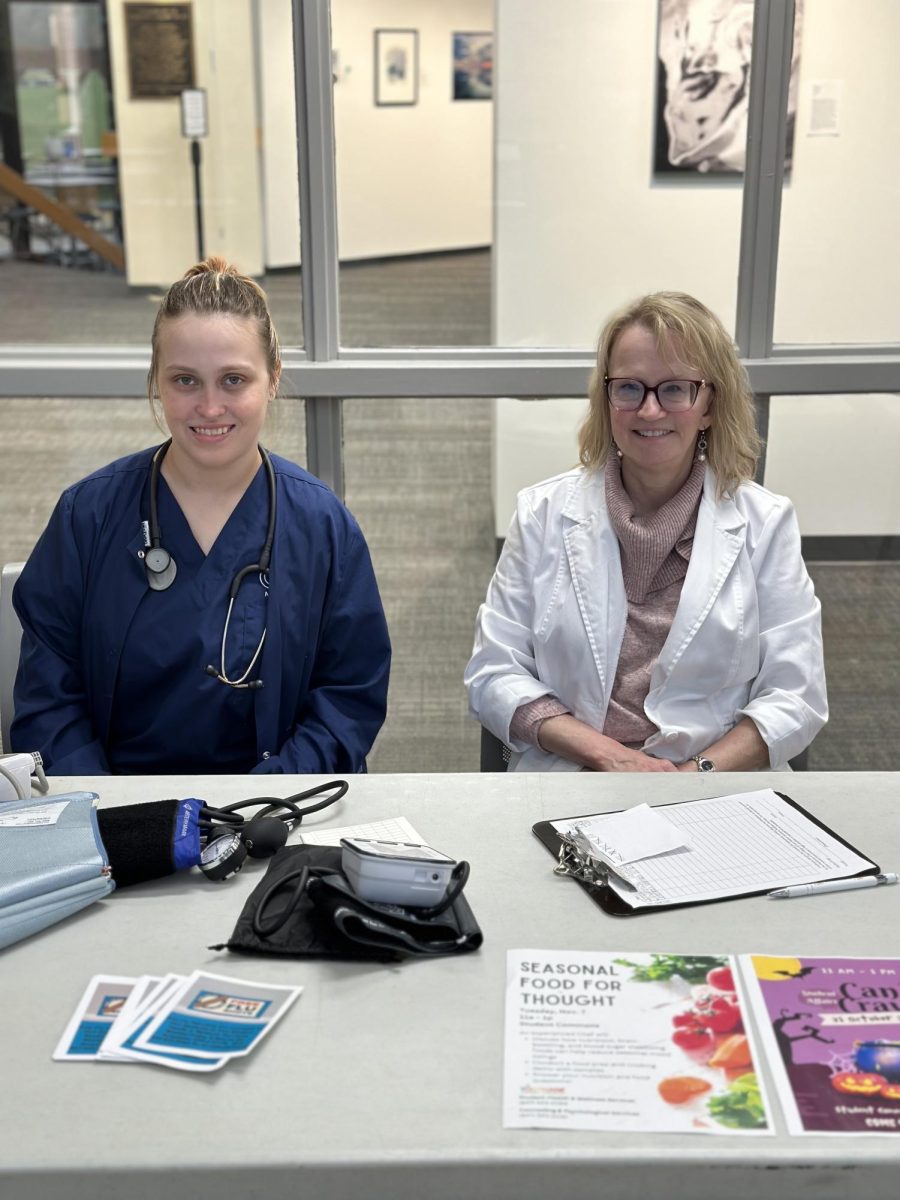The science of natural phenomena and the science of human diseases and their treatment and prevention are expanding and strengthening.
The contact between these sciences is also expanding and strengthening, and physical knowledge and devices are being applied to all fields of medicine.
Joshua Ravenscraft, CLC physics professor, said scientific medicine would be impossible without achievements in science and technology, including methods of objective research of the patient as well as treatments.
Graphic via Easton Herbon
“The role of physics in medical sciences for the future are the vast undiscovered technologies that will allow more people to recover from their illnesses with less interruption to their lives,” Ravenscraft said. “It has never been just a role of one science in medicine. It has always been and will continue to be the collaboration between the physicists, biologists, chemists, doctors, and engineers to help the progression of medical sciences.
“Physics is applied across all areas of the medical field. X-rays, MRIs, ultrasounds, fiber optic scopes, electric stimulation during physical therapy, are just some of the more known technologies that without physics would not be possible.”
In its development, medicine was differentiated into a number of independent branches.
In therapy, surgery, and other areas of medicine, the achievements of physical science and technology are widely used.
To show how physics is related to medicine in the modern world, physics helps the diagnosis of diseases.
According to the American Institute of Physics, some of the best technological developments in medical history have arisen and have originated from the brains and laboratories of physicists, which include the ultrasound and x-ray machines.
The ultrasound machine is the primary diagnostic tool in medicine.
The operation of the device can be described as follows: Ultrasound is sent to the cavity of the object under study, and an echo is created when it is reflected.
Joshua Ravenscraft
The importance of ultrasound devices cannot be overestimated, but there are disadvantages.
Only the internal organs of the abdominal cavity, kidneys, thyroid gland and pelvis can be examined by ultrasound.
To detect a bone fracture or defects in the structure of teeth, a different device is used – X-ray machines.
X-ray machines use rays for the analysis and eventual removal of illnesses to acquire understanding about internal organs and bones.
Radiation from the device is sent exclusively through the tubes-emitters, and the device itself is reliably protected by a body made of lead, which absorbs radiation well.
The principle of operation is based on applying voltage to the control panel and the main transformer, from where the increased voltage is supplied to the X-ray tube, from which the radiation occurs.
X-rays passing through the skin are absorbed to varying degrees by bone and muscle tissue.
The image will display bright white-bones (the greatest absorption of rays occurs in calcium), shades of gray –connective tissues, fat, muscle, fluid, the darkest color – air (that least absorbs radiation).
A special device converts the radiation into a visible image for observation.
In some cases, the patient is injected with a contrast substance into the organ under study for more accurate diagnosis.
Advances in physical and technical research are widely used in medical research, allowing the creation of new, more accurate and reliable devices that will save many lives.
Physics and medicine were inseparable from each other and were part of a single field of knowledge – natural science.
New diseases require new methods of indication, diagnosis and treatment, which pushes physicists and physics-related specialists to develop, create and improve devices for medical needs.









